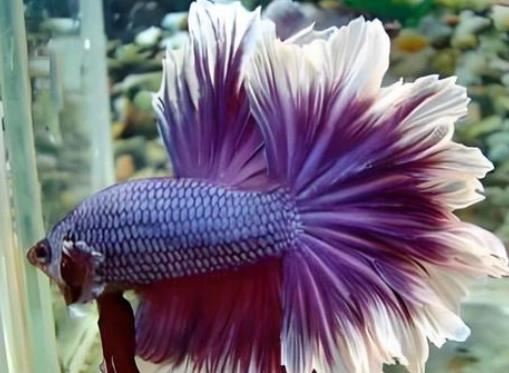Here’s a detailed guide to betta fish care, compiled from advice from multiple reliable sources:

1. Food Selection
Specialized Food: Opt for betta-specific pellet food with a protein content of ≥35% (floating varieties are preferred), as they provide balanced nutrition.
Live/Frozen Food: You can supplement their diet with brine shrimp, bloodworms, or daphnia, but make sure to disinfect them to avoid parasites.
Avoid Generic Fish Food: Products like tropical fish flakes or goldfish food may lack key nutrients that bettas need.
2. Feeding Frequency and Amount
Juvenile Bettas: Feed twice a day, 5–7 pellets each time (to be finished within 5 minutes).
Adult Bettas: Feed once a day or every other day, about 10 pellets each time (to be finished within 5–10 minutes).
Special Cases: In winter or when they have a poor appetite, reduce feeding to once every 3–4 days.
3. Feeding Tips
Stick to a Schedule and Quantity: Feed at fixed times to avoid overfeeding, which can cause digestive issues or water quality problems.
Observe and Adjust: If your betta is picky or leaves leftover food, try crushing the pellets or switching to a different brand.
Interactive Feeding: Use a pipette to guide your betta to chase food, adding fun and exercising their reflexes.
4. Precautions
Water Quality Management: Clean up leftover food promptly after feeding to prevent it from rotting and polluting the water.
Water Change Timing: Change the water 12 hours after feeding, and wait 24 hours after a water change before feeding again to reduce digestive irritation.
Stable Environment: Keep the water temperature between 24–28°C (avoid sudden changes) and provide soft lighting (no more than 3 hours a day).
5. Common Issues
Starvation Tolerance: Bettas can go without food for up to a week, but prolonged hunger will affect their color and energy levels.
Breeding Period: Increase feeding to 3–4 times a day to support healthy spawning.
By following these methods, your betta will stay healthy and look more vibrant!
